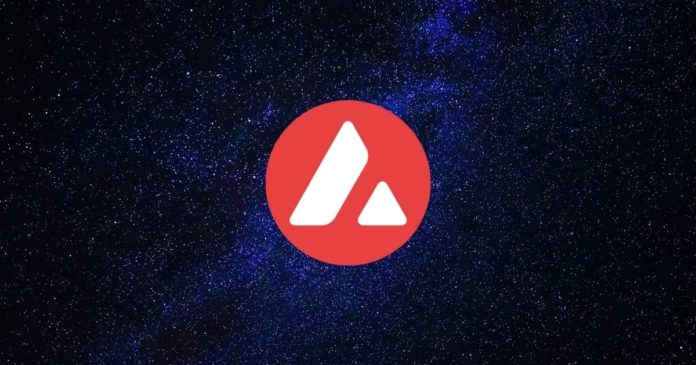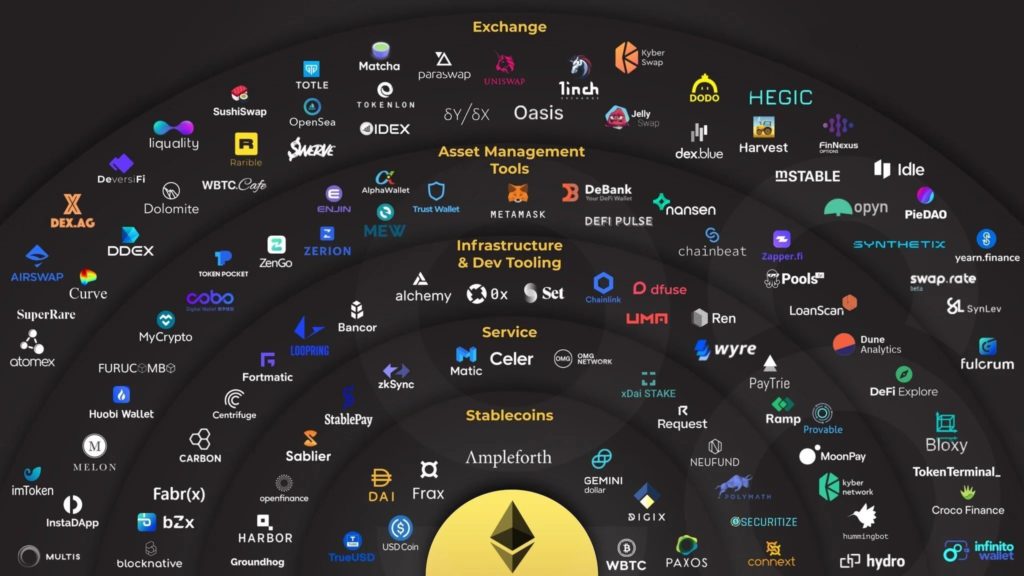Yesterday, Avalabs announced its Subnet-EVM. It is a VM (virtual machine) that makes it easy for anyone to create their own EVM-compatible blockchain on Avalanche. In fact, it is possible with using only one file.
❄️🔺❄️ATTENTION SUBNETOOOOORS❄️🔺❄️@avalabsofficial is THRILLED to announce Subnet-EVM (https://t.co/XFS2yVNkpK), a Custom VM that makes it easy for anyone to create their own EVM-compatible blockchain on #Avalanche using only a JSON file: pic.twitter.com/eZs83CcJDR
— Patrick O'Grady 🔺 (@_patrickogrady) December 15, 2021
To start, Avalanche is a faster and less expensive alternative to Ethereum. Avalanche blockchain can execute more transactions per second for less money than other blockchains. In fact, it has a speed of over 4.500 tps (transactions per second).
Patrick O’Grady, VPE at AvaLabs said: “Avalanche is not only a fast EVM-compatible chain. It is much more”. He also stated that Avalanche is a platform that runs custom blockchains on shared:
- Networking
- Storage Consensus
- Stake management
- Bridging stack
About Subnet EVM
Interestingly, Avalanche is a network made up of many blockchains. Each blockchain is a Virtual Machine (VM) instance. Similar to how an object in an object-oriented language is an instance of a class. Above all, the blockchain’s behavior is defined by the VM.
Subnet EVM is the Virtual Machine (VM) that is fork of Coreth VM (C-Chain). And this chain supports Solidity smart contracts. Also, it supports other Ethereum client functions and implements the Ethereum Virtual Machine. The Subnet EVM is compatible with Ethereum tooling, such as:
- Remix
- Metamask
- Truffle
- Ledger
- The Graph
- Hardhat
- WalletConnect
But there are Differences Between Subnet EVM and Coreth like:
- Subnet EVM has adjustable fees and gas limits in genesis
- Avalanche hardforks have been merged into a single “Subnet EVM” hardfork
- There is no Atomic Txs and Shared Memory in Subnet EVM
- There is no Multicoin Contract and State in Subnet EVM
- DAO Hardfork Support is removed
About Avalanche
Avalanche is a blockchain platform with smart contracts. It focuses on:
- transaction speed
- low costs
- environmental friendliness
The main difference between Avalanche and other blockchains is that it is made up of three blockchains rather than one. Instead of having one chain accomplish everything in the Avalanche ecosystem, each blockchain specializes in some task.
The distribution of work over multiple chains helps in the agility of the Avalanche platform. Also, it enables the achievement of the blockchain’s holy trinity:
- Decentralization
- Security
- Scalability
Above all, the key feature of Avalanche is smart contracts. This functionality allows developers to create decentralized apps on Avalanche while benefiting from the platform’s security and scalability. The C-Chain is (Ethereum Virtual Machine) EVM-compatible and executes smart contracts for the Avalanche platform. Because Avalanche is EVM-compatible, anybody can implement Ethereum smart contracts.
Also, for more great info, join us on Telegram to receive free trading signals.
And above all, for more cryptocurrency news, check out the Altcoin Buzz YouTube channel.




























